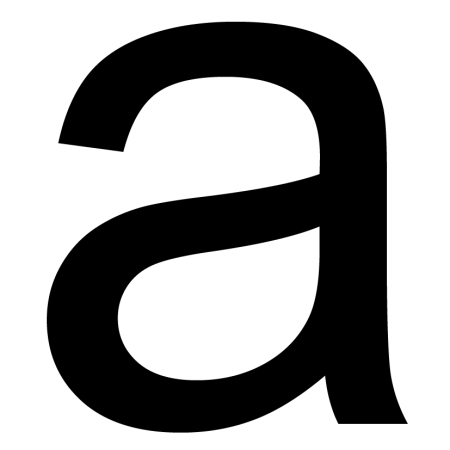After doing the previous rotating experiment, I decided to rotate the type at a different angle within each square. I used the same grid as before, trying both solid and outlined characters.
I think the rotated solid characters looks interesting, it reminds me of tyre tracks from lego cars.




 Posted by zoecoles
Posted by zoecoles 













